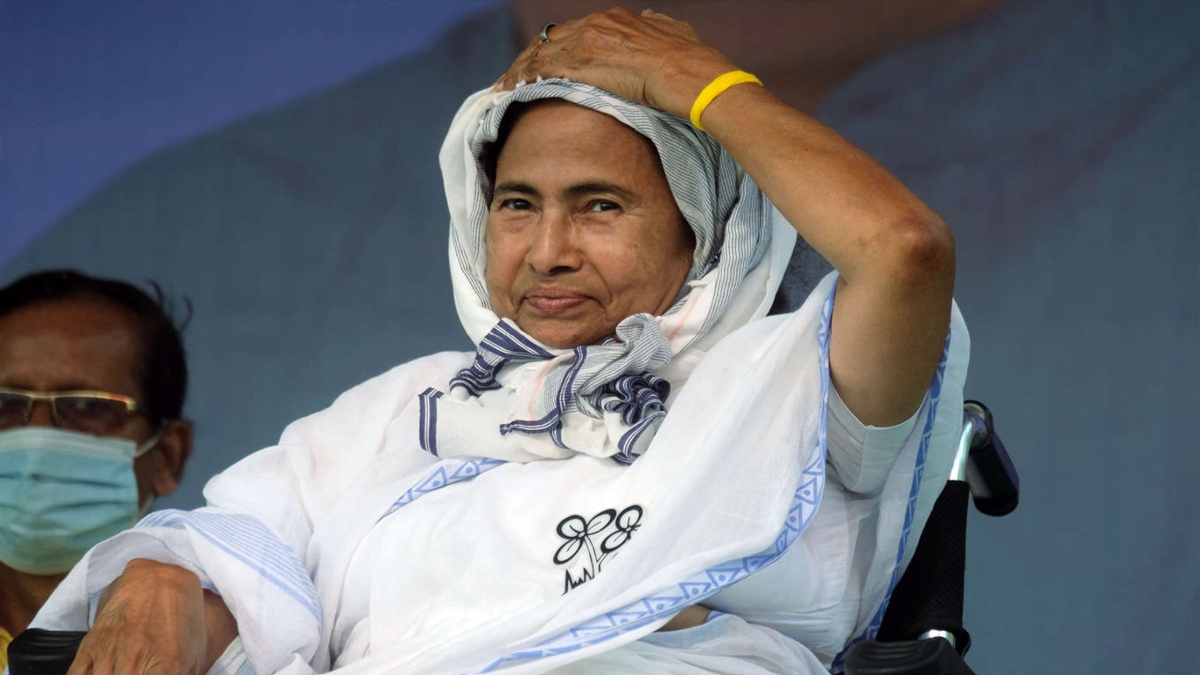


A very sad case of lynching took place in West Bengal’s North Dinajpur district, where a Station House Officer from Bihar’s Kishanganj, Ashwini Kumar, was beaten to death by a village mob, which was instigated to attack him by a few criminals who had stolen a bike in Bihar and fled to their village in Bengal. If this was not enough, the incident came at a time when the fourth phase of polling in the state was marred by unbelievable violence. At Sitalkuchi in Cooch Behar district, a young voter died after being attacked allegedly by the cadre of the state’s ruling party; and then the Central forces shot dead four young men after allegedly coming under attack by a local mob. Even otherwise, the poll process has been marred by violence, making one wonder what ails the state of Bengal. This sort of violence is not observed in any other state, in fact not even in Jammu and Kashmir, where too elections have to be spread over several days so that voters can vote peacefully. But Jammu and Kashmir is the most “disturbed” region in the country—a “conflict zone”. To place Bengal in the same category as Kashmir, raises the obvious question: where has Bengal gone wrong? Even Uttar Pradesh and Bihar, once considered the two most violent states in the country, have smooth election processes now, but not Bengal.
Bengal’s elite takes great pride in the state’s culture and its icons. In fact one of the main attacks on the Prime Minister and his party coming from this section—echoing the ruling Trinamool Congress—is that they being “outsiders”, are unable to fathom Bengal’s syncretic culture. There is no denying Bengal’s rich cultural heritage. But the problem starts when the only culture that is apparent to the rest of the country at present is the culture of violence—something that cannot be justified by saying “but political violence is in the DNA of Bengal”. Worse, in this election season, it’s also about politics over violence. The two parties trying to make the maximum political capital out of the Central-force incident at Sitalkuchi, the CPM and the Trinamool Congress, are also totally responsible for the present state of affairs. In 35 years of CPM rule, Bengal witnessed complete anarchy. The Left single-handedly drove out industry from the state, and stopped the rise of any viable political opposition, by unleashing violence through its unions and cadre. Over a period of time, Left rule become synonymous with murder, massacre and mayhem. So, when Mamata Banerjee’s government came to power in 2011, it was hoped that since she herself had withstood Left violence, she would be mindful of this aspect. However, to “eliminate” the Left, which was too entrenched in the ground, her party needed the help of elements—ironically, many of them originally CPM—who could fight a tough turf war. From there onwards, the situation has deteriorated to the extent that ground level criminality is one of the biggest issues of the 2021 elections. It was this criminality that made 30% of the panchayat seats go uncontested in 2018. In fact, 2018 was the turning point for Mamata Banerjee’s second term in office. Coming within two years of a landslide Assembly victory in 2016, there was no reason for the TMC to fear any adverse outcome in the panchayat elections. Even then voters were not allowed to vote and terror was unleashed. 2018 showed how free and fair elections were next to impossible in the state unless conducted under strict supervision. In the 2019 Lok Sabha elections, the Central forces did an exemplary job. In 2021 too they are doing an equally good job. They have been able to instil a certain degree of confidence among the people, and in fact have created conditions that are helping some voters in some areas exercise their franchise for the first time in five or ten years. Voters in general are all praise for the forces. Hence, it is rather unfortunate that supposedly responsible politicians are trying to spread disaffection about them by hurling the most outrageous charges at them. The forces are above politics. So is the Election Commission. There is no point crying foul over them when, as Sitalkuchi showed, even eight phases of election may not have been enough for Bengal. It is not the EC’s fault that the fear of intimidation and vote manipulation is very real in Bengal. Hence, politicians of all hues need to behave more responsibly, talk more responsibly and create conditions so that voters can vote in peace. Parties need to rein in their goons. After 45 years—35 years of the Left and 10 of TMC—Bengal is broken. A state has lost almost half a century of its existence to anarchy. The canker of violence is eating away at the innards of Bengal. This cannot be allowed to continue.